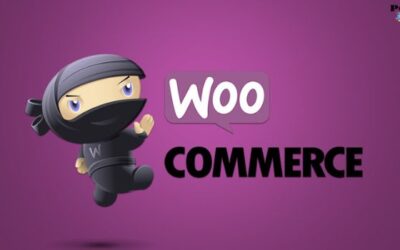
The digital scene is always shifting. Businesses must continually change their digital marketing strategy to keep up with the steady influx of new products on the market, new channels to promote them, and new trends.
Marketing to customers is a flourishing industry just based on these factors. Keeping up with the latest trends is a full-time job in itself, let alone finding out how to apply them to marketing. Needless to say, there are myriad — if not infinite —digital marketing strategies that organizations can employ to help them move forward.
These approaches will be useful for both businesses trying to implement digital marketing strategies and those pursuing a digital marketing career.
DIGITAL MARKETING STRATEGIES FOR BUSINESSES
1. CONSUMER RESEARCH

Consumer analytics is one of the most underappreciated and neglected marketing strategies. It’s possible that it’s just neglected because prioritizing seems less vital as compared to keeping up with the competition. You will be ahead of the competition if you properly understand what consumers in your sector are doing beforehand since you will know how to better market to them.
Strategic marketing, based on what you’ve learned about your customers through analytics, will go far beyond simply following the latest trends and regurgitating a basic marketing approach.
There’s a fine line to walk between actually marketing to customers and staying competitive. Keep your plan customer-centric by conducting surveys, polls, and feedback to find out what customers want. Furthermore, analytics can show you how consumers responded to your ads and which marketing strategies on your website, or your entire brand, have acquired the greatest traction with customers.
2. PROMOTION OF CONTENT

Promoting your brand is far more than a simple commercial or a film that informs customers about your goods. Having and promoting original, high-quality content on your website is a terrific method to establish your brand credibility with your customers. Sharing your material on platforms like LinkedIn, Facebook, Medium, Twitter, and others can help you promote it. Nowadays, having a business profile on social media is a common practice. In reality, not having a corporate social media presence is becoming increasingly rare.
This is because in most circumstances –
Social media is more beneficial to consumers because it allows them to quickly access your brand’s website if they have not already done so.
A company page with regular social shares will not only inspire them to visit your site and read more, but it will also push them to go deeper into additional information about your brand.
Sharing various forms of on-site content to social media, whether it’s blog content, an instructional guide, or promotional videos, often performs better than that bothersome ad or banner that no one wants to click.
3. MARKETING BASED ON LOCATION

If you have a physical establishment that customers can visit, location-based marketing is very effective. Consumers benefit from this type of marketing when they search for something in their region because Google uses their location to provide them with the information they need. Do we expect to find something on the other side of the country when we search Google for “hair stylists near me”? No, we’d want something closer to home. This is why local marketing works: it shows consumers businesses in their community that provide the items or services they need, directing them directly to them.
Marketers can include location data in their marketing operations in a variety of ways:
GEOTARGETING – Geotargeting is a technique for determining a user’s location and then sending them customized messages depending on that location. Customers who grant an app permission to use their location will receive messages or push alerts based on their position or proximity to a store.
GEOFENCING – The establishment of a boundary within a given region is known as geofencing. When a target audience crosses that boundary, they become the active target of a marketing plan. This might mean that they receive notifications, offers, or different kinds of contact from the business.
MOBILE TARGETING – Marketers use mobile targeting to target consumers with ads on their mobile devices. Due to the fact that most consumers want to avoid commercials, marketers seek to make their ads context-specific, which might be dependent on time, device, or location.
Location-based marketing, like most other online marketing tactics, has a cost. While local marketing can be beneficial to your business, keep in mind that search-based algorithms have uncontrollable side effects.
Even if your first goal was to simply bring in some local clients, algorithms will, whether you want them to or not, inevitably take it a step further. This is because, even if a person’s location services are turned off, Google can still monitor them through their search history. Users can no longer avoid the advertising that inevitably follows, which appears in the form of ad-ridden internet browsers and social network homepages with near-exact ads for what they searched for.
FINAL THOUGHTS
Modern digital marketing is a broad network of channels that marketers use to incorporate their brands; yet, online advertising is significantly more complex than the channels themselves.
Marketers must go deeply into today’s vast and sophisticated cross-channel world to uncover approaches that provide results through engagement marketing. There will always be drawbacks to every technique, so it is critical to evaluate your alternatives and decide which ones are worth pursuing after completing a considerable study on the current digital world. Because the ultimate result is always relative, it is critical to make an informed, data-driven choice regarding the competitive strategy your organization will follow.









